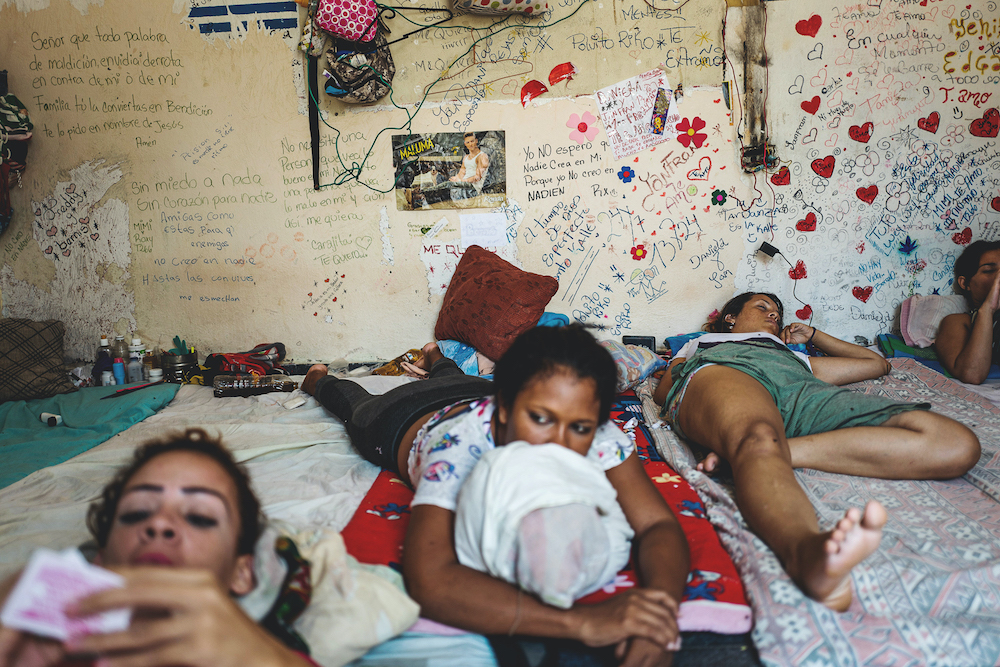Ana María Arévalo Gosen wins the 2021 Leica Oskar Barnack Award as the camera company reopens its multipurpose headquarters
© Ana María Arévalo Gosen/LOBA 2021
Source:
KOLYMA REGION, Russia - November 17, 2019. Remnants of barracks of the Butugychag forced labour camp. There, after the Second World War, prisoners of Stalin’s gulags mined uranium that was used in the Soviet nuclear weapons program.
Source:MAGADAN, Russia - 29 October, 2019. Elderly women celebrate the 101st anniversary of the Komsomol, a political youth organization in the Soviet Union, at the headquarters of the Communist Party in Magadan. After Stalin’s death in 1953, the gulag camps where closed, but the Komsomol appealed for workers to come from other areas of Russia, and many did.
Source:© 2022 - 1854 MEDIA LTD